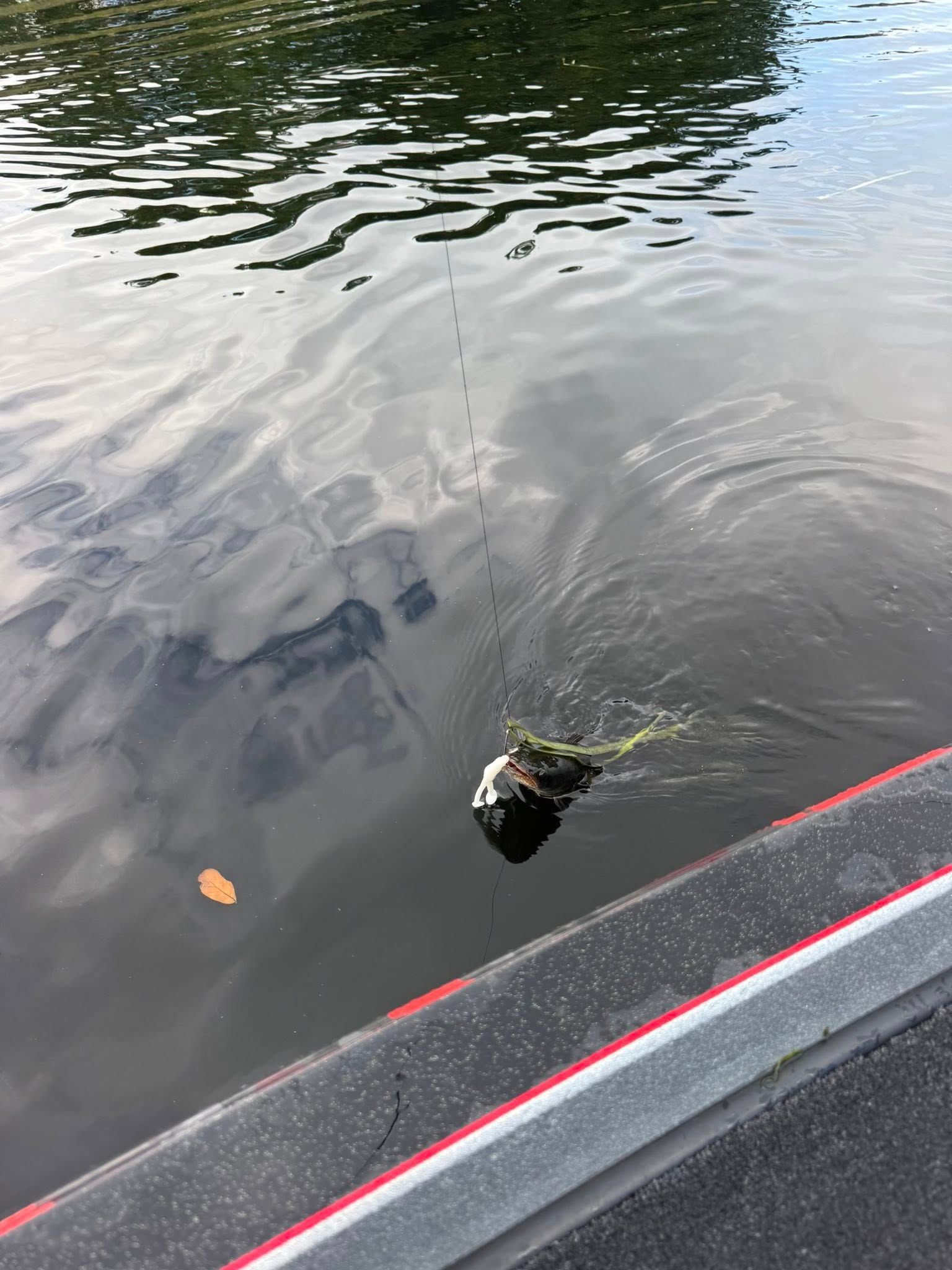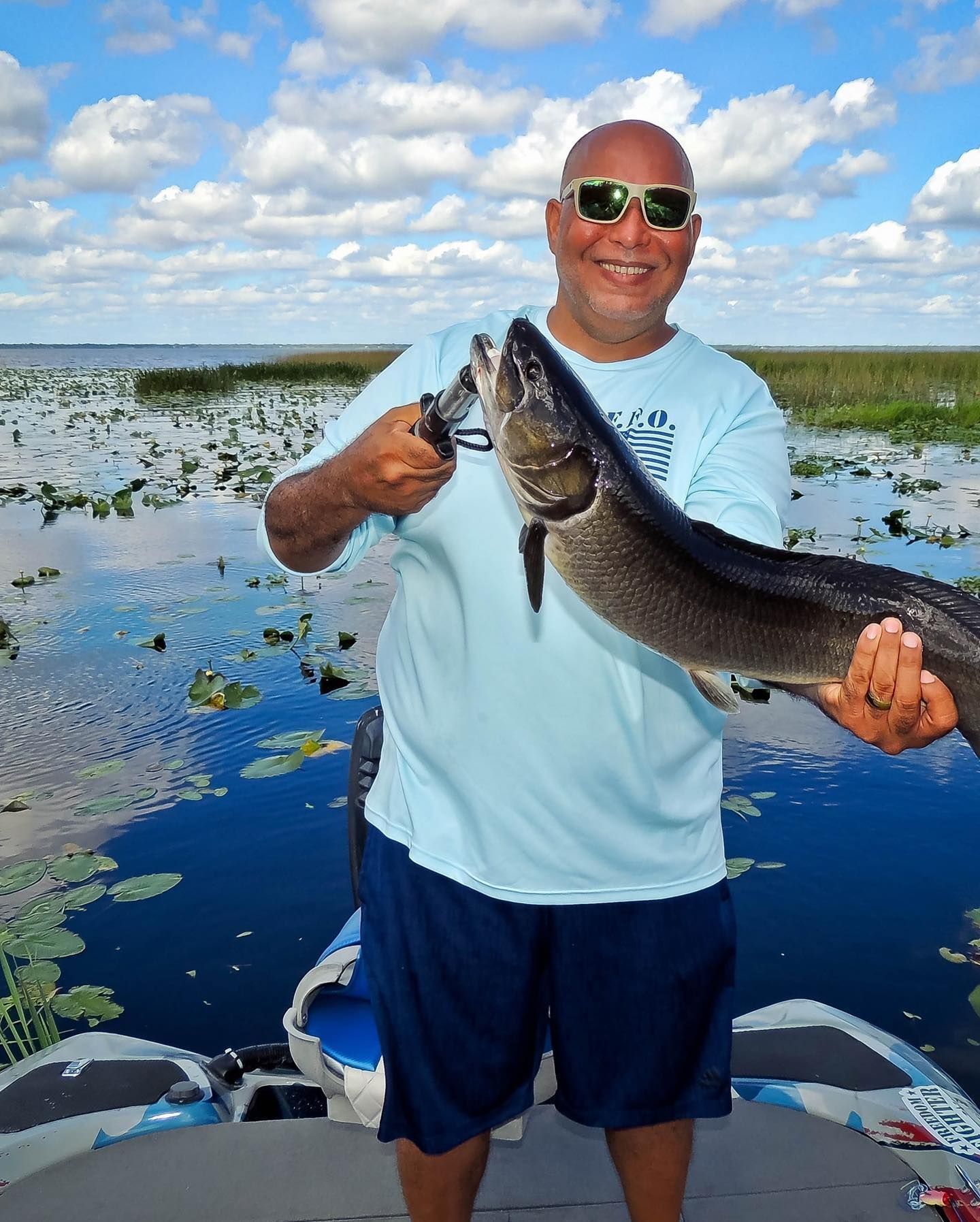How to Choose the Right Gear for Your Freshwater Fishing Adventure
Freshwater fishing is a relaxing activity, but the right gear is essential for success. Whether a beginner or experienced angler, choosing the right equipment significantly impacts your fishing experience. Here's a guide to help you select the best gear for your next adventure.
1. Fishing Rods: Choosing the Right Length and Type
The fishing rod is the backbone of your fishing setup. It’s essential to choose a rod that suits your fishing style and the type of fish you’re targeting. For beginners, a spinning rod is recommended as it’s easier to handle and versatile for most situations. A rod that’s 6 to 7 feet long is ideal for beginners, offering control and accuracy without being too unwieldy.
When selecting a rod, also consider its material. Graphite rods are lightweight and sensitive, allowing you to feel bites easily, while fiberglass rods are more durable and flexible, making them a good choice for beginners who might make mistakes while casting.
2. Fishing Reels: Match Your Rod with the Right Reel
The next piece of gear you’ll need is the reel. There are three common types: spinning reels, baitcasting reels, and spincasting reels. Spinning reels are the easiest to use and work well with most fishing rods. They’re ideal for beginners and light to medium fishing. If you’re targeting larger fish or need more control, a baitcasting reel is a better choice, although it requires more practice.
For those who want a combination of both, a spincasting reel is a great option. It’s easy to handle like a spinning reel, but it offers more accuracy in casting.
3. Fishing Line: Selecting the Right Strength
Fishing line is another crucial component of your setup. The most common types are monofilament, fluorocarbon, and braided lines. Monofilament is the most popular for freshwater fishing because it’s affordable, easy to handle, and versatile for various conditions.
Fluorocarbon line is virtually invisible underwater, making it ideal for clear water where fish are easily spooked. It’s also abrasion-resistant, so it’s great for fishing in rocky or rugged conditions. Braided line is incredibly strong and provides no stretch, which can help detect bites more easily, but it’s visible in the water, which can be a disadvantage in clear conditions.
4. Hooks, Baits, and Lures: Match to the Species
Choosing the right hooks, baits, and lures is essential, depending on the type of fish you’re targeting. For example, smaller hooks are great for catching panfish, while larger hooks are necessary for species like bass or pike.
When it comes to bait, you can choose between live bait (like worms or minnows) and artificial lures. Lures come in many types, including crankbaits, jigs, and spinnerbaits. These can be particularly effective for attracting bass and other predatory fish.
5. Accessories: Extra Gear for Convenience
In addition to the essentials, some accessories can make your fishing experience more enjoyable. A tackle box is essential for organizing your hooks, lures, and other small tools. A fishing net is also useful for landing your catch safely.
Don’t forget polarized sunglasses to reduce glare from the water and improve your ability to see fish. A hat and sunscreen are crucial to protect yourself from the sun during long days of fishing.
Get Ready for Your Next Fishing Trip
With the right gear, you're set for a successful freshwater fishing adventure. For expert advice or quality equipment, Glades Jet
in Southwest Ranches, FL, is here to help. With over 10
years of experience, we provide a wide range of top-notch fishing gear. Contact us today for the best equipment for your next adventure.



